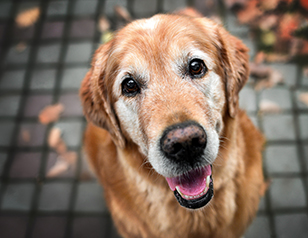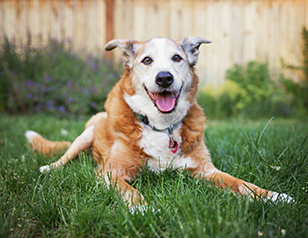How to Train an Older Dog
Embarking on the journey of training an older dog, like a spirited German shepherd from a shelter, can be a rewarding challenge. Despite their age and initial lack of response to commands, older dogs can learn obedience with the right approach, showcasing their intelligence and capability.
Defining Tasks
Identify specific obedience goals tailored to your dog’s needs and abilities. Clear objectives streamline the training process.
Getting Started
This requires patience, understanding, and the right tools—treats, leashes, and possibly clickers—to facilitate learning.
Understanding Oldies Method
This method emphasizes adapting training techniques for older dogs.
- Old Dogs and New Tricks: Despite the old saying, older dogs are capable of learning new behaviours and commands. The key is to approach training with patience, breaking down new skills into smaller, manageable steps that accommodate an older dog’s learning pace.
- Shorter Concentration Spans: Recognize that older dogs may not be able to focus for as long as younger dogs. Keep training sessions short and sweet, focusing on one command or behaviour at a time to ensure they remain engaged without becoming overwhelmed or tired.
- Motivate the Dog: Finding the right motivation is crucial. While some dogs are food-motivated, others may respond better to toys or verbal praise. Experiment with different rewards to see what best captures your dog’s attention and encourages enthusiastic participation in training sessions.
- Use Hand Signals: Older dogs, especially those experiencing hearing loss, may respond better to visual cues than verbal commands. Incorporate hand signals into your training routine to aid communication and reinforce commands.
- Take Physical Limitations into Account: Be mindful of any physical limitations your older dog may have, such as arthritis or reduced mobility. Adapt training exercises to accommodate these limitations, avoiding activities that could cause discomfort or injury.
Use Rewards Method
This method focuses on positive reinforcement.
- Understand the Idea: This step involves recognizing that positive reinforcement is a powerful tool in dog training. It’s about rewarding desired behaviours immediately to reinforce the action positively.
- Decide on a Sound: Selecting a specific sound, such as a click from a clicker or a distinct verbal cue (“yes!”), acts as a marker that tells the dog exactly when they’ve done something right.
- Link the Sound to a Reward: Consistency in using the chosen sound immediately before offering a treat helps the dog make a clear connection between the sound, their action, and the reward.
- Marking a Desired Response: The timing of the sound is crucial. It should be used when the desired behaviour is exhibited, serving as an immediate indicator of correct action.
- Put the Action on Cue: Once the dog consistently responds to the reward marker, the next step is to introduce a verbal or hand signal command for the desired behaviour, establishing a clear cue for action.
Dos and Don’ts Method
This option offers practical advice for training sessions.
- Being Patient: Older dogs may require more time to learn new behaviours or commands due to their established habits and possibly slower cognitive functions. Patience is key, as rushing can lead to frustration on both sides.
- Breaking Down Tasks: Simplify training exercises into smaller, more manageable steps. This approach helps ensure clarity and allows the dog to achieve small victories, making the learning process less overwhelming and more achievable.
- Fostering Self-Confidence: Celebrate successes, no matter how small, to boost your dog’s confidence. This positive reinforcement encourages them to engage in training sessions more eagerly and reinforces their ability to learn and adapt.
- Keeping Training Fun: Incorporate games and activities that your dog enjoys into the training sessions. Keeping the mood light and enjoyable ensures your dog associates training with positive experiences, maintaining their interest and motivation.
- Setting Realistic Expectations: Acknowledge the progress made at your dog’s pace without expecting too much too soon. Recognizing and celebrating gradual improvements helps build a positive training experience for you and your dog.
Book One-On-One Dog Obedience Classes
Training an older dog opens up a path to a deep, respectful bond. For those looking for professional guidance, Alpha Paws offers one-on-one dog obedience classes tailored to meet the unique needs of your older dog, ensuring a successful and fulfilling training experience. Discover how Alpha Paws can support your training journey by contacting us today.





